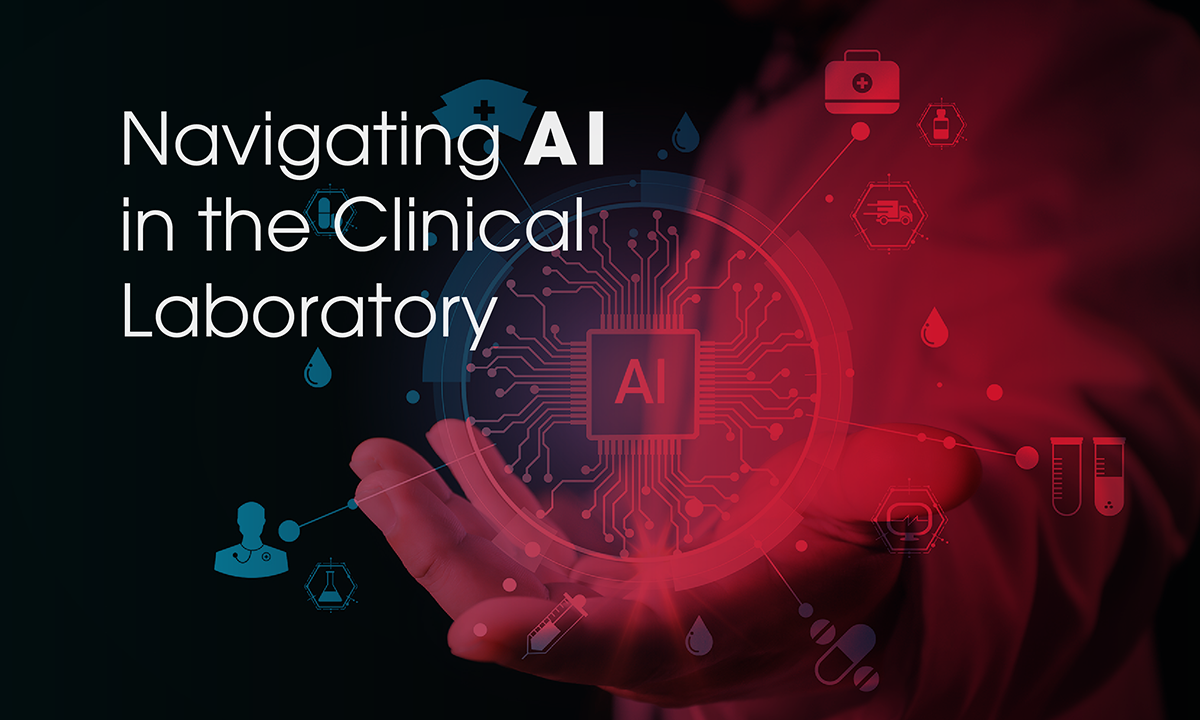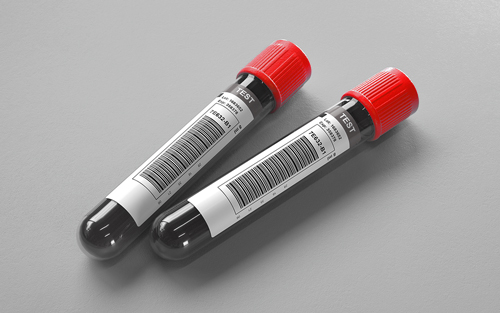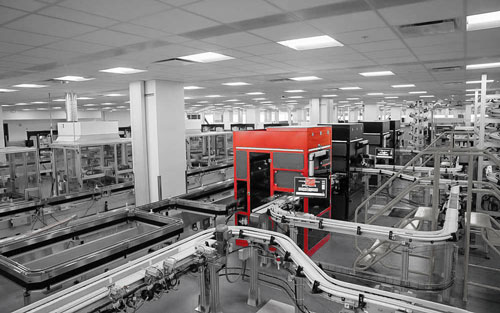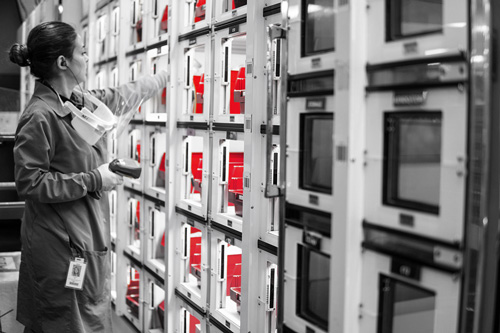
Our latest white paper, “Navigating AI in the Clinical Laboratory: Key Considerations,” provides a thorough exploration of the benefits and challenges of adopting artificial intelligence in the lab.
Every day, clinical laboratories are inundated with media and marketing messages about artificial intelligence (AI) and its potential to transform laboratory medicine. The urgency of this messaging may cause lab leaders to feel they are falling behind in the race to adopt AI technologies. How can laboratories determine which—if any—AI solutions are a good fit for their needs?
In a new white paper, “Navigating AI in the Clinical Laboratory: Key Considerations,” ARUP Laboratories experts discuss the pressing questions surrounding AI-augmented diagnostics and offer actionable advice for defining AI use cases, choosing AI vendors, evaluating AI models, and assessing information technology (IT) infrastructure needs.
“The very first step is a thorough and comprehensive scoping of the problem you’re trying to solve,” said Nicholas Spies, MD, ARUP medical director of Applied Artificial Intelligence and Clinical Chemistry. Once you’ve defined the problem, the question becomes whether AI can solve it. “What features would the optimal solution need for us to truly divert resources from this current workflow to the AI solution?”
AI is not the answer to every problem in the lab. “AI can’t fix bad processes,” said Tracy George, MD, ARUP chief scientific officer and president of the Innovation Business Unit. “It’s better to start from the beginning and determine the best way forward for your whole process, rather than trying to fix a bad process by putting AI on top of it. Often you can achieve more gains without AI.”
If AI is truly the answer to a lab’s operational challenges or meets a specific business need, the lab must thoroughly evaluate potential AI solutions from multiple viewpoints. “When you’re evaluating a tool in the lab, it’s not just a purely technical evaluation—there’s a whole lot more that goes into it, including academic, business, compliance, and regulatory reviews, as well as a deep dive on the technical side,” said George.
Another aspect to consider is whether the lab has the IT infrastructure and internal expertise needed to deploy AI solutions. Processing power, network capacity, and server capacity needs can add to the overall cost of deploying an AI-augmented diagnostic.
“It is a new space. We see an explosion of AI solutions,” said Sarah Teofilo, CHCIO, ARUP chief information officer. “Organizations are really trying to understand what it means to operationalize those models. What additional expertise do you need in your IT operations and maintenance teams? That’s something most organizations are still trying to put structure around.”
Deploying AI solutions takes a great deal of time, effort, and resources. Even if a laboratory is not actively considering AI-augmented diagnostics, now is the time to begin building the AI governance framework and internal policies that will support future adoption.
Access the white paper, “Navigating AI in the Clinical Laboratory: Key Considerations,” here.
Heather Stewart, heather.stewart@aruplab.com
















